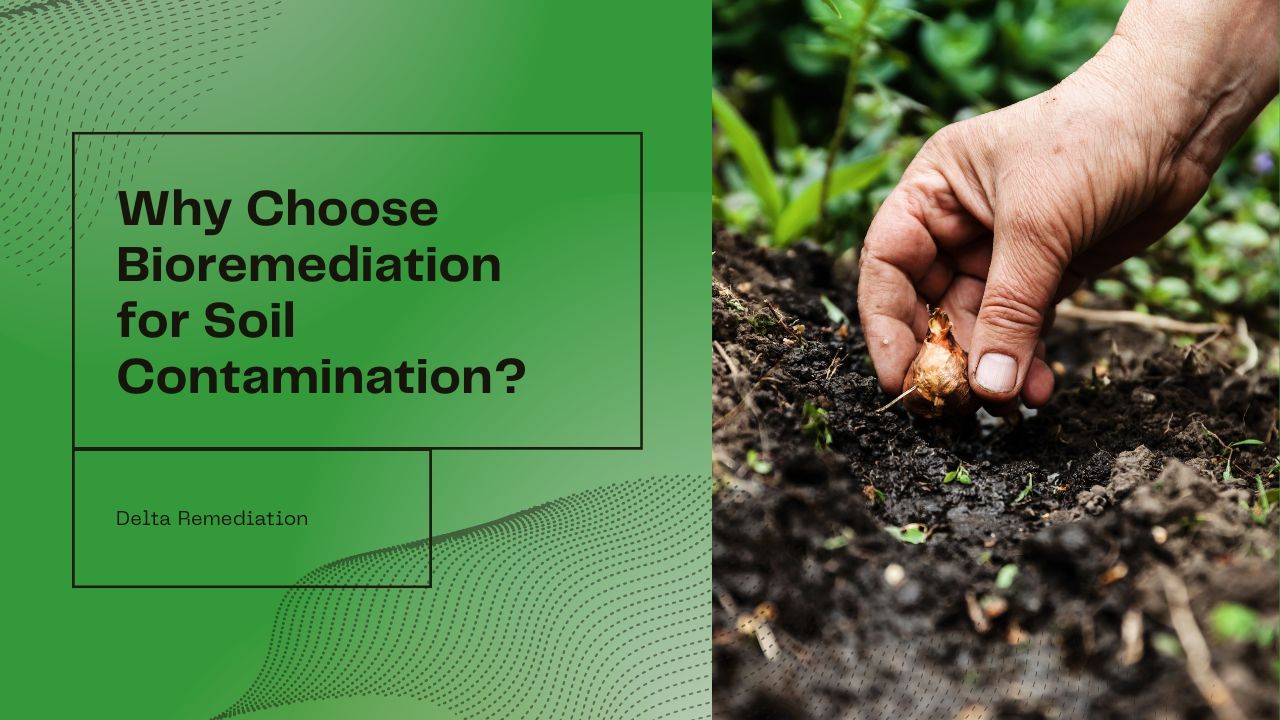
Simple Guide to Remedial Action Plans (RAPs): Learn the Basics
by Delta Remediation | Updated December 21, 2023
Overview:
Remedial Action Plans (RAPs): Strategic Frameworks for Environmental Cleanup
Remedial Action Plans (RAPs) are strategic frameworks designed for the effective management and cleanup of environmental contamination. Essential in the field of environmental remediation, RAPs outline specific engineering and geological procedures tailored to each unique site. These plans play a crucial role in achieving compliance with environmental regulations, meeting Human Health Risk Assessment standards, and ensuring the safety of all involved. The process of developing a RAP involves comprehensive site assessments, feasibility studies, and regulatory reviews. They are key in transforming contaminated areas into safe, revitalized spaces, ultimately contributing to ecological sustainability and public health protection. This article offers an in-depth exploration of RAPs, their components, development process, and the significant role they play in environmental restoration efforts.
–
Introduction to Remedial Action Plans (RAPs)
In tackling environmental challenges, particularly pollution, the necessity of an effective remediation strategy cannot be overstated. This necessity brings into focus the Remedial Action Plan (RAP). What is a Remedial Action Plan, precisely? It is a detailed, strategic framework designed for site-specific contamination management over a planned duration. These plans are crucial in meeting Human Health Risk Assessment standards, aligning with property owner objectives, and ensuring overall worker safety.
–
Deep Dive into Remediation
Remediation involves a comprehensive approach to environmental health, extending beyond the simple cleanup of pollutants. Each remedial action plan represents a commitment to ecological balance and sustainability. In cases like the revitalization of the Detroit River, remedial actions demonstrate the profound impact of environmental strategies on ecosystem restoration and community health.
–
Essential Elements of a RAP
A well-crafted RAP encompasses:
- Background: An extensive look into the site’s historical, current use, and distinct features.
- Previous Investigations: Detailed accounts of site characterizations, SCMs, and HHRAs.
- Remediation Method: Selection based on in-depth feasibility studies.
- Goals: Clearly outlined objectives and expected results.
- Monitoring: Comprehensive plans for continuous site analysis.
- Health and Safety: Customized safety measures tailored for each site.
- Regulatory Oversight: Strict adherence to all remediation regulation requirements.
–
Structuring a Remedial Action Plan
The formulation of a RAP is a nuanced and methodical process. This is where a remedial action plan guide becomes invaluable:
- Initial Assessment: Performing thorough environmental site assessments.
- Developing a Site Conceptual Model: Identifying contamination sources, mapping pathways, and assessing associated risks.
- Feasibility Study: Evaluating various remediation methodologies for their applicability and impact.
- Drafting the Plan: Integrating all necessary components into the RAP.
- Review and Approval: Undergoing a stringent regulatory review process, incorporating feedback as needed.
–
Remedial Measures: Action Strategies
The action plan for remedial measures is a critical component of the RAP and includes:
- Meticulous identification and analysis of contaminants.
- Selection of suitable remediation techniques based on site-specific conditions.
- Implementation of a well-defined remediation plan, augmented by ongoing monitoring and adjustments.
–
The Significance of Environmental Site Assessment
Environmental site assessment is a fundamental phase in RAP development. It involves not just understanding the current state of contamination but also predicting potential future environmental impacts. This foresight is crucial in designing remedial actions that are both effective and sustainable over the long term.
–
The Objective and Impact of Remediation Plans
The primary objective of a RAP is to effectively and safely address environmental contamination. It aims to revitalize polluted areas to safe conditions while adhering to stringent remediation regulation and protecting public health and the environment.
–
Remediation Case Studies: Transformative Efforts
Studying examples of remedial actions, such as the bioremediation process in industrial site cleanups, offers valuable insights into the effectiveness of RAPs. These remedial activities demonstrate how strategic environmental restoration can transform contaminated areas into healthy, usable spaces. The Detroit River case study, in particular, highlights the significant impact of a comprehensive remediation program.
–
Expanding on the Remediation Process Guide
In this extended remediation process guide, emphasis is placed on the ongoing nature of environmental site assessment. It is an integral process, intertwined with risk assessment and consistent monitoring. This ensures that remedial actions adapt to evolving site conditions and environmental standards.
–
Delta Remediation’s Pioneering Role in Environmental Restoration
Crafting a RAP requires specialized expertise and experience. Delta Remediation leads in this field, offering innovative bioremediation techniques as cost-effective, efficient alternatives to conventional methods. Our approach transcends mere regulatory compliance, aiming to pioneer new standards in ecological sustainability.
–
Frequently Asked Questions (FAQ)
What is a Remedial Action Plan? A strategic document meticulously designed for addressing site-specific environmental contamination.
What should a Remediation Plan include? In-depth background information, investigative data, remediation methods, objectives, monitoring plans, health and safety protocols, and regulatory compliance.
How do you write a Remedial Action Plan? It involves an extensive site assessment, conceptual modeling, feasibility studies, drafting, and regulatory approval.
What is the action plan for remedial measures? The action plan encompasses identifying and categorizing contaminants, selecting appropriate remediation techniques, and implementing a targeted cleanup strategy.
What is the purpose of a Remediation Plan? To address environmental contamination effectively and safely, thereby restoring sites to safe conditions.
What is an example of a remedial action? The bioremediation process used in cleaning up contaminated industrial sites exemplifies effective remedial action.
–
Connect with Delta Remediation
Interested in eco-friendly, advanced solutions for hydrocarbon remediation? Delta Remediation is at the forefront, offering rapid bioremediation techniques. Join us in our mission for a cleaner, healthier environment with Delta Remediation’s innovative solutions.
Act now for a cleaner future: 📞 Call | 📧 Email Delta Remediation
Copyright © 2023 Delta Remediation
See More
See Delta In Action




